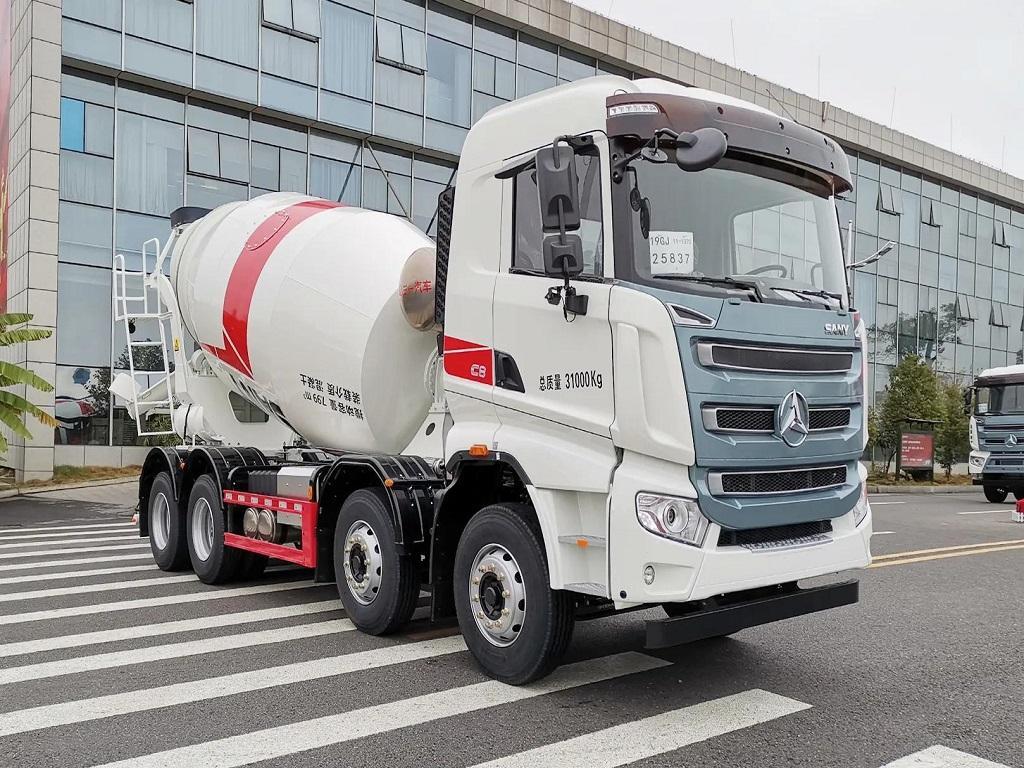In the rapidly evolving landscape of technology, stagnation is the last thing any company desires. But what if the very tools you rely on to grow are the ones holding you back? This concept, known as “technology lock-in,” can stifle innovation just when you need it the most. Why does this happen, and how can businesses avoid it?
Why does technology lock-in prevent innovation during the growth phase? When companies become dependent on specific technologies, switching to better options becomes difficult and costly. This dependency limits their ability to adopt new technologies and hampers their growth.
How can companies break free from this cycle and foster innovation? Read on as we explore the causes and effects of technology lock-in, and learn practical steps to break free from its constraints during the crucial growth phase.
Understanding Technology Lock-In
Technology lock-in happens when a company becomes so reliant on a certain technology that changing it feels nearly impossible. This dependency typically stems from the significant investments made in acquiring, learning, and integrating the technology into everyday operations. Over time, the effort and cost associated with switching to newer, potentially better technologies seem too high.
The Irony of Phase Technology
Phase technology refers to the different stages technology undergoes as it develops and matures. During the initial phase, businesses are eager to adopt the latest tools to gain a competitive edge. However, as these tools become deeply integrated into the company’s processes, transitioning to newer technologies during the growth phase becomes challenging. Thus, phase technology can inadvertently lead to technology lock-in.
The Allure of Familiar Software
Companies often stick to familiar software because it’s what they know and trust. This comfort zone can be a double-edged sword. While it ensures smooth operations, it also discourages exploring new software innovations. Over time, the reliance on familiar tools can hinder the adoption of more efficient and advanced software solutions.
Financial Implications of Technology Lock-In
Investing in technology is not just about the initial purchase cost. It includes training employees, maintaining the system, and integrating it with other tools. These cumulative costs create a financial barrier that makes businesses reluctant to switch. The fear of sunk costs can overshadow the potential long-term benefits of adopting newer technologies.
The Impact on Software Innovation
When companies are locked into certain technologies, they miss out on the latest software innovations. This stifles creativity and limits the scope of what they can achieve. Innovation thrives on experimentation and the ability to pivot when necessary. Technology lock-in creates a rigid environment where innovation struggles to flourish.
How Technology Development Gets Stunted
Technology development is an ongoing process that requires constant upgrades and improvements. When a company is locked into specific technologies, its ability to support and develop new features diminishes. This stagnation can lead to outdated systems that no longer meet the evolving needs of the business or its customers.
Customer Service Challenges
Efficient customer service relies on the latest tools and technologies. When a company is locked into outdated systems, it compromises its ability to provide top-notch service. This can lead to customer dissatisfaction and, ultimately, loss of business. Staying updated with the latest customer service technologies is crucial for maintaining a competitive edge.
Human Resources and Operational Efficiency
HR departments need robust tools for managing employee data, payroll, and benefits. Technology lock-in can limit the effectiveness of HR operations, leading to inefficiencies and errors. Modern HR technologies offer streamlined solutions that improve accuracy and save time. Being locked into outdated systems can hinder these improvements.
Data Analysis and Decision-Making
Accurate data analysis is essential for making informed business decisions. Advanced AI and machine learning tools provide deeper insights and predictive analytics that traditional systems can’t match. Technology lock-in restricts access to these advanced tools, resulting in less accurate and slower decision-making processes.
Supply Chain Management Efficiency
The supply chain is the backbone of any business. Modern supply chain management technologies offer real-time tracking, predictive analytics, and automated processes. Being locked into older systems can lead to inefficiencies, delays, and increased costs. Staying updated with the latest supply chain technologies ensures smooth and efficient operations.
Marketing and Growth Phase Challenges
Marketing strategies evolve rapidly, and staying ahead of the curve requires the latest tools and technologies. Technology lock-in can limit the effectiveness of marketing campaigns, leading to missed opportunities. Adopting new marketing technologies is essential for reaching a wider audience and achieving growth.
Overcoming Technology Lock-In
Breaking free from technology lock-in requires a strategic approach. Start by assessing the current technologies and identifying areas where new tools can bring significant improvements. Invest in employee training to ensure a smooth transition and minimize disruptions. Additionally, consider the long-term benefits and potential ROI of adopting new technologies.
Case Studies of Successful Transitions
Several companies have successfully navigated the challenges of technology lock-in. For example, Netflix’s transition from DVDs to streaming required a complete overhaul of its technology infrastructure. This bold move paid off, making Netflix a leader in the entertainment industry. Similarly, Amazon’s adoption of cloud computing revolutionized its operations and set new standards for the industry.
FAQs and Answers About Technology Lock-In
What is technology lock-in?
Technology lock-in occurs when a company becomes so reliant on a particular technology that switching to a new one becomes difficult and costly.
How does technology lock-in affect innovation?
Technology lock-in stifles innovation by limiting a company’s ability to adopt new technologies and experiment with new ideas.
What are the financial implications of technology lock-in?
The financial implications include the high costs of switching technologies, including training, maintenance, and integration, which create a barrier to change.
How can companies overcome technology lock-in?
Companies can overcome technology lock-in by assessing their current tools, investing in employee training, and considering the long-term benefits of new technologies.
Are there any successful examples of companies overcoming technology lock-in?
Yes, companies like Netflix and Amazon have successfully navigated technology lock-in by adopting new technologies that revolutionized their operations.
Conclusion
Technology lock-in is a significant barrier to innovation during the growth phase. It limits a company’s ability to adopt new tools and stifles creativity. However, with a strategic approach, businesses can overcome these challenges and unlock new opportunities for growth. By staying updated with the latest technologies and investing in continuous improvement, companies can ensure they remain competitive in an ever-evolving market.
In summary, breaking free from technology lock-in is essential for fostering innovation and achieving sustained growth. The key lies in recognizing the barriers, planning strategically, and taking bold steps towards adopting new technologies. The rewards are well worth the effort.
For further insights and personalized advice on overcoming technology lock-in, consider consulting with our tech experts. Let’s explore how you can harness the power of new technologies to drive your business forward.










